Sydney councils scrambling ahead of deadline for medium density code
By Kate Burke
May 07, 2019
Sydney councils are scrambling to make changes to their planning rules with less than two months until it becomes easier to build medium-density housing across vast swathes of the city.
A planning code aimed at fast-tracking the supply of this type of housing is scheduled for July for almost 50 councils after they were given an extra year to prepare.
Under the medium-density housing code announced in April last year, duplexes, terraces and manor houses — a two-storey building made up of four dwellings — can be approved as complying developments, on blocks as narrow as 12 metres in as little as 20 days.
These properties would skip the development application process, prompting fears of a development-forced strain on infrastructure that is already groaning under Sydney’s growing population.
The resulting backlash saw former planning minister Anthony Roberts hit the brakes on the new rules a month after they were announced, with the code ultimately deferred by a year in 49 municipalities, to give the councils time to review their local housing strategies and update their local environmental plans. The changes were delayed by two years in Ryde, one of the city’s fastest growing areas.
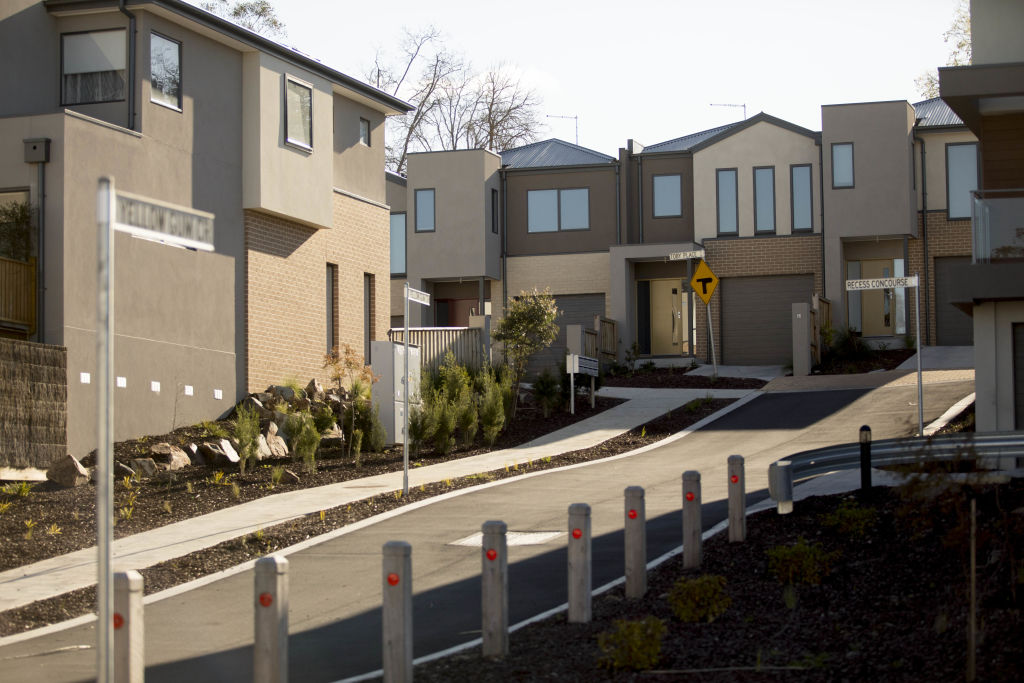
But nearly a year on, more than half of all affected councils are understood to be unprepared. Many have requested more time before the code is introduced or a permanent exemption. Increased minimum lot sizes and banning manor houses are among changes councils want to make to their own rules.
Three of 24 Sydney councils Domain spoke to are still lobbying for more time. Another eight want the deferral extended, and many others said the imminent deadline did not allow enough time to make the changes.
Among the councils to request an extension are Canterbury-Bankstown – where a council review found the code could introduce more than 67,000 new unplanned houses – Georges River, Bayside, Hawkesbury, Wollondilly, Parramatta, Willoughby and the Northern Beaches.
“Any planning to comply with the medium density housing code should be done in the context of an overarching local housing strategy, and we want to make sure this is done first, so any changes are done in an integrated and strategic way and with community consultation,” said Northern Beaches mayor Michael Regan.
He wants a six to 12-month delay, but other councils flagged they want longer. City of Parramatta officers want the code delayed until mid-2021. Sutherland, Hornsby and Ryde councils are seeking a permanent exemption. Ryde also made a bid for the code to be ruled unlawful, which was dismissed by the Land and Environment Court.
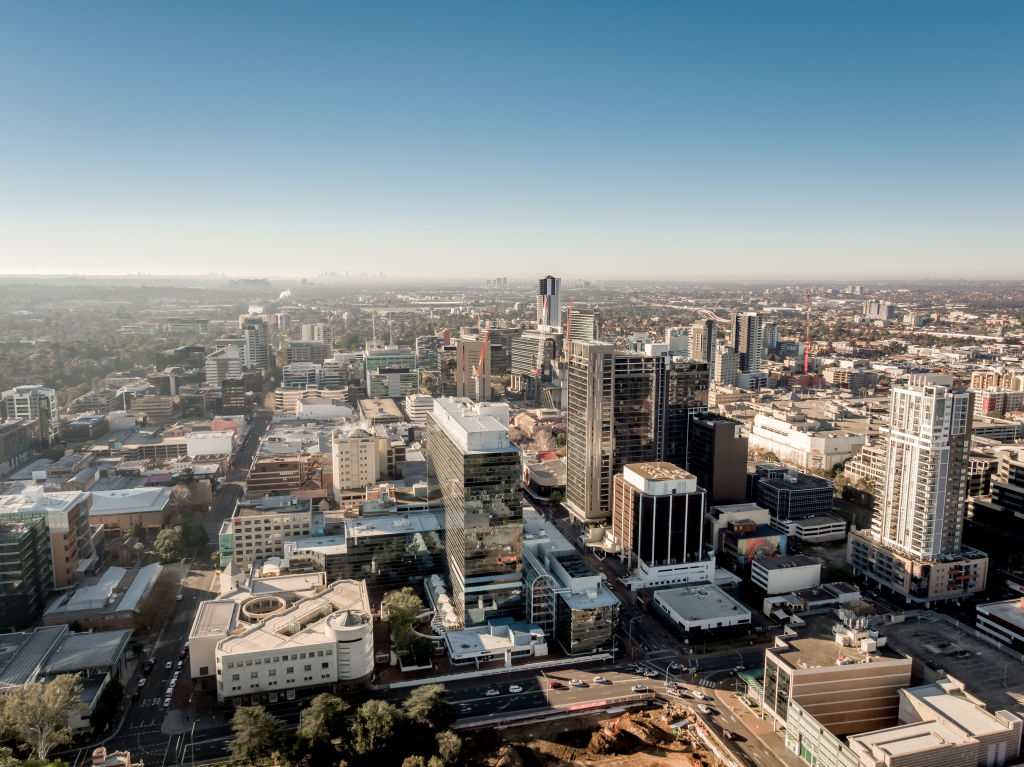
Expecting councils to make such changes in a year was ambitious, said professor Peter Phibbs, head of urban and regional planning and policy at the University of Sydney, particularly off the back of local government mergers, which left some councils combining multiple planning rules.
“An extension wouldn’t be a terrible outcome,” he said. “But you don’t want [councils] to sit on their hands forever … [as we’re] looking for a bit more variety in terms of built forms.”
He added the slowdown of the Sydney property market meant few were likely to be upset by further deferrals, and dwelling supply would remain high due to a steady stream of yet to be completed apartments.
Professor Phibbs suspected much of the backlash to the code was down to people confusing medium-density housing with apartment development. While the code would allow for manor houses, he suspected few would look to develop them because the cost of the required land meant they rarely stacked up.
The code came into effect in Fairfield, Waverley, Ku-ring-gai and North Sydney last July. Only 10 complying development certificates, all for dual occupancies or terraces, have been issued to date. Blacktown council, the only other municipality in Sydney where the code was not deferred, did not provide an update.
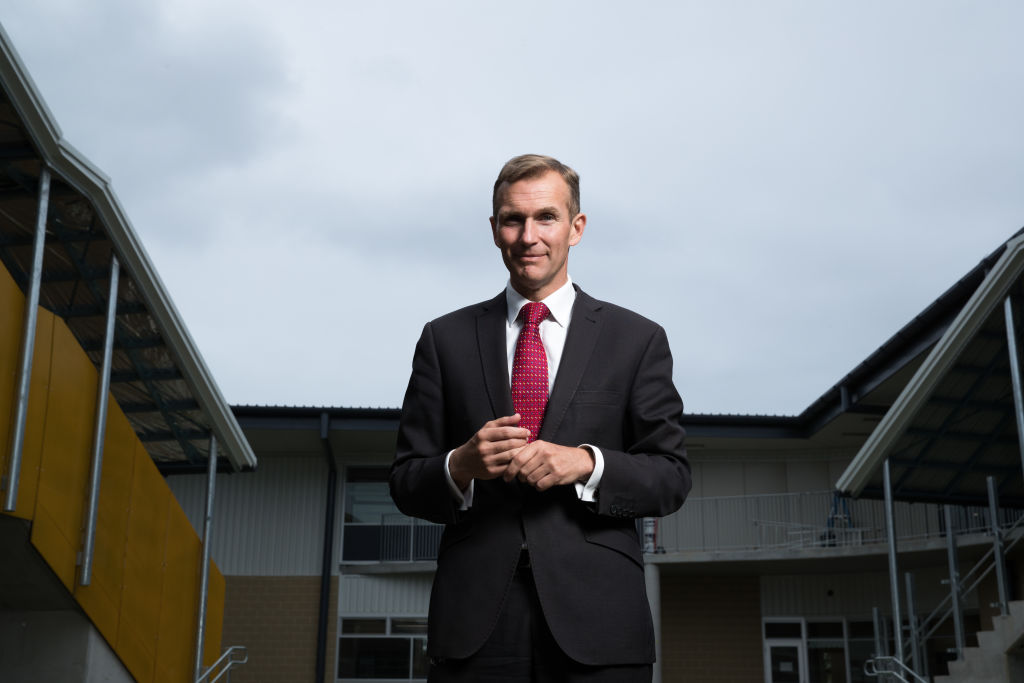
When asked if he would grant any councils an exemption or further delay, planning and public spaces minister Rob Stokes said the code had been introduced following three years of consultation with the councils and communities.
Mr Stokes said in a statement that the code was introduced to incentivise low-rise development and address the city’s “missing middle” by making it easier for builders and homeowners to develop two-storey terraces in areas where councils already allowed it.
“The government has been working with councils to update their local planning rules and housing strategies to bring them in line with the Greater Sydney Commission’s district plans,” he said. “The government is keen to work with councils, and if they have other ways to increase housing diversity in their local communities, we are happy to explore those ideas as well.”
Recommended for you
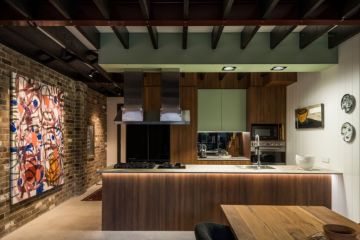
Sydney warehouse conversion for sale has a giant pair of lips by the front door

A for location: The family-friendly address with some of Sydney’s most prestigious schools on its doorstep
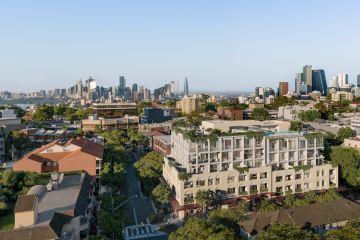
Investors finding value in mixed residential communities
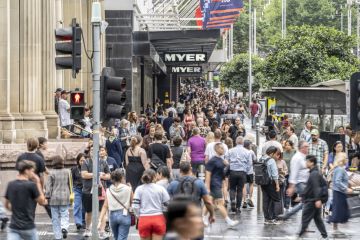
'Melbourne is bouncing back': Retail comes roaring in as businesses flock to the CBD
© Domain Holdings Australia